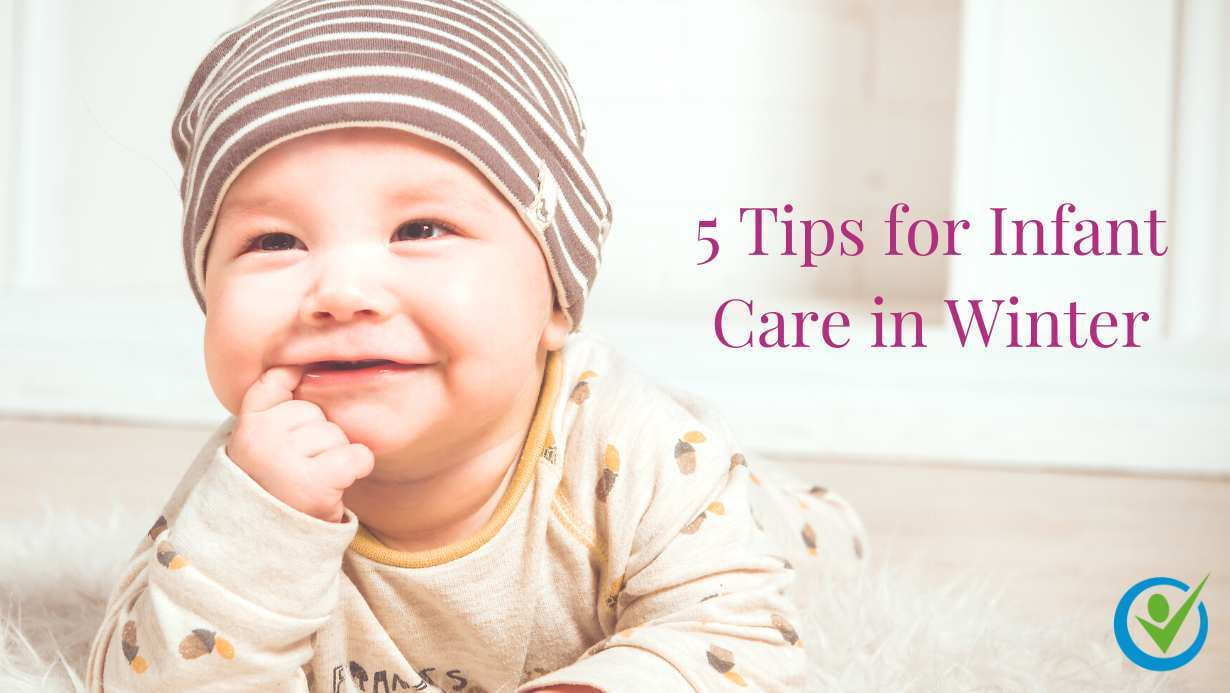Winter has comfortably, or more accurately - uncomfortably, set in across the country. Many families hunker down with indoor activities, especially those with newborns and infants. Cherub faces are few and far between at playgrounds when the temperatures dip. Indoors or out, here are some considerations for your home and accommodations for winter weather with your newborn or infant.
1. Check your furnace, carbon monoxide, and smoke detectors.
This first one is important no matter the age of your child!
In most of the country, a heat source is needed in the home to keep temperatures comfortable. If you do not DIY your furnace or heat pump service, be sure to schedule service with a professional. Aside from December, January is the peak month for house fires. Making sure your heat source is properly functioning can help keep you safe. Do you have smoke detectors in every room and carbon monoxide detectors on every level and sleeping area? If not install them. Carefully follow the manufacturer instructions. If you already have them, change their batteries. Either way, be sure to test them and make sure they are doing their job. All of this will help you sleep better at night.
2. Use your humidifier.
Now that we have your home safely warm and toasty, let’s keep it humidified. Turn on your humidifier. It will help your baby sleep more comfortably and help to keep the mucus lining moist. That helps to keep viruses and bacteria from invading.

3. Dress your baby in layers.
It can be tempting to put a cozy heavy blanket onto your baby in winter time. Layers keep your baby warm but also help prevent overheating - especially when going in and out of locations that can have drastically different temperature. Layers also work for sleep time. Remember that blanks, pillows, and other bedding poses a SIDS (Sudden Infant Death Syndrome) risk to your child. Hats are another potential suffocation hazard during sleep. A sleep sacks is a good alternative to a blanket layer.
4. Spend time outdoors.
The winter blues are real, especially in January and February. You can help avoid them by getting outdoors. Anything other than the bitterest temperatures are safe for infants with the right layers and attention.
This is an early opportunity to model the habits you would like your child to emulate. Maria Montessori recognized connection with nature as crucial to a child's development. When taking your baby outside, display your wonder as you interact with nature. Listen to bird sounds and imitate them in order to draw your child's attention to the songs. Look closely at and feel grass, plants, and trees. And do it on a regular basis.
In addition to being a natural mood booster, getting outdoors is a boost to your immunity too. Most people in the northern hemisphere are Vitamin D deficient in the winter months, a crucial component to the strength of your immune system. Remember, healthy habits start young!
5. Don’t buckle-in bundled up!
You picked out the most ADORABLE winter coat. You KNOW baby will be toasty and comfortable braving the elements. However, that, or any other bulky item, should be removed before strapping your baby into the carseat. A good reminder is that any item not included with your carseat was not crash-tested. Remover extra layers, secure the straps, they tuck a coat or blanket over the straps. Avoid putting anything over your baby’s face and don’t leave your baby unattended in the car or the carseat. It can be tempting to leave a sleeping infant in the snapout carseat carrier, but that can be a suffocation hazard too.




